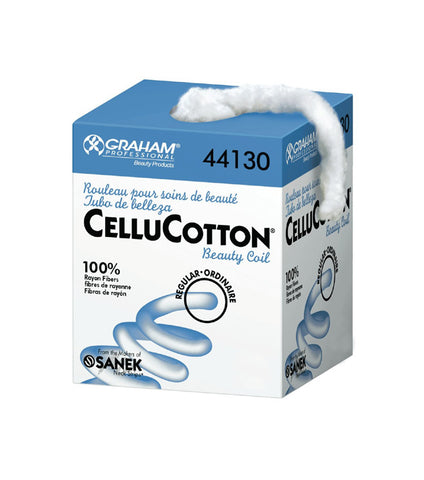No Products in the Cart
Kanthal A1: Iron-Chromium-Aluminum alloy wire. Great for the beginner because it is easy to build with and test fire. Positives: The most widely available wire in different gauges and mm sizes. Stable ohms for power/wattage vaping. Long life span due to it's high melting temperature and good oxidation resistence. Negatives: For some vapers it gives a slightly metallic taste.

Nichrome: Nickel-Chromium alloy wire. Types: Nichrome 80 and Nichrome 60 (less Nickel). Positives: Lower ohms and faster heat up time than kanthal. Less springy than kanthal. Alternative for users who get a metallic taste from kanthal. Negatives: Slightly less life span than kanthal.

Ni200: Pure Nickel wire. Strictly for Temperature Control vaping. It is a soft wire and very springy compared to kanthal. Should be used in spaced coils to prevent hotspots as dry firing cannot be done with this wire.

Titanium: Pure Titanium wire. Strictly for Temperature Control vaping. Stronger and easier to work with compared to nickel. Never glow these coils unless you know exactly what you're doing, as very high temperature can produce titanium dioxide which can be harmful to your health.

Stainless Steel: Chromium-Nickel-Carbon alloy wire. Type 316L is the most popular, though you'll find 316, 317L (higher corrosion resistance) and 430 (contains no nickel; more stable ohms for power/wattage vaping). Positives: Versatile—power or temperature control vaping. Malleable, less-springy than other temperature control wires. Some claim cleaner and crisper taste compared to kanthal. Negatives: ohms can fluctuate in power vaping. Some claim weaker, more sweet/less complex taste compared to kanthal. Must be careful with dryfiring: not too long and not too hot. Too much heat can damage the coil.

Cotton: Cotton is inexpensive and versatile, and by far the most popular wicking material used by vapers. From plain cotton balls to sterile/medical grade cotton to cotton made specifically for vapers, there are many choices out there. As long as it's organic, unbleached and free of pesticides and chemicals, cotton is safe to use for vaping.


Rayon: Rayon Cellulose is one of the world's oldest manufactured products. It is natural-based material that is processed and looks very similar to cotton. It is known to wick better and not expand as cotton does, so you can fit more of it in your build. Some vapers think it results in better flavor, too.

Mesh: Stainless steel mesh. The coil is wrapped around the mesh which absorbs and holds the e-liquid. This was more popular in the early days of vaping, though there is still a dedicated fan base. Generally for vapers who like to stay below 30 watts and are flavor chasers. Not recommended for beginners.

Silica/Ecowool: From the early days of vaping. It wicks well and has high fire resistance. You will rarely, if ever, see this being used. Its safety has been recently called into question, so it is best to just stay away from it altogether.
